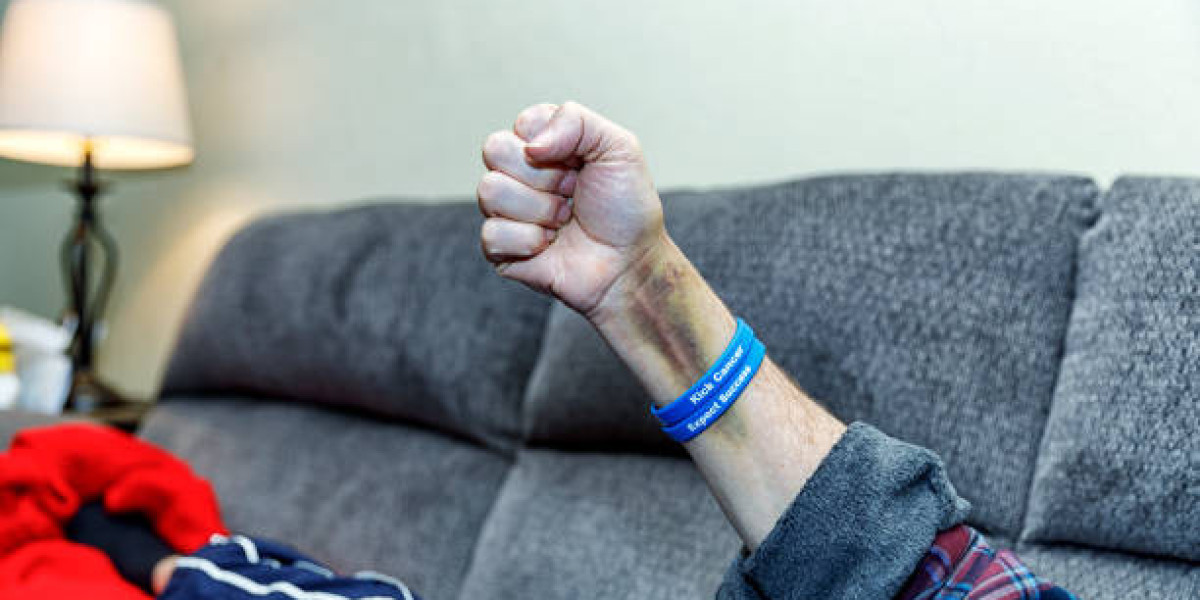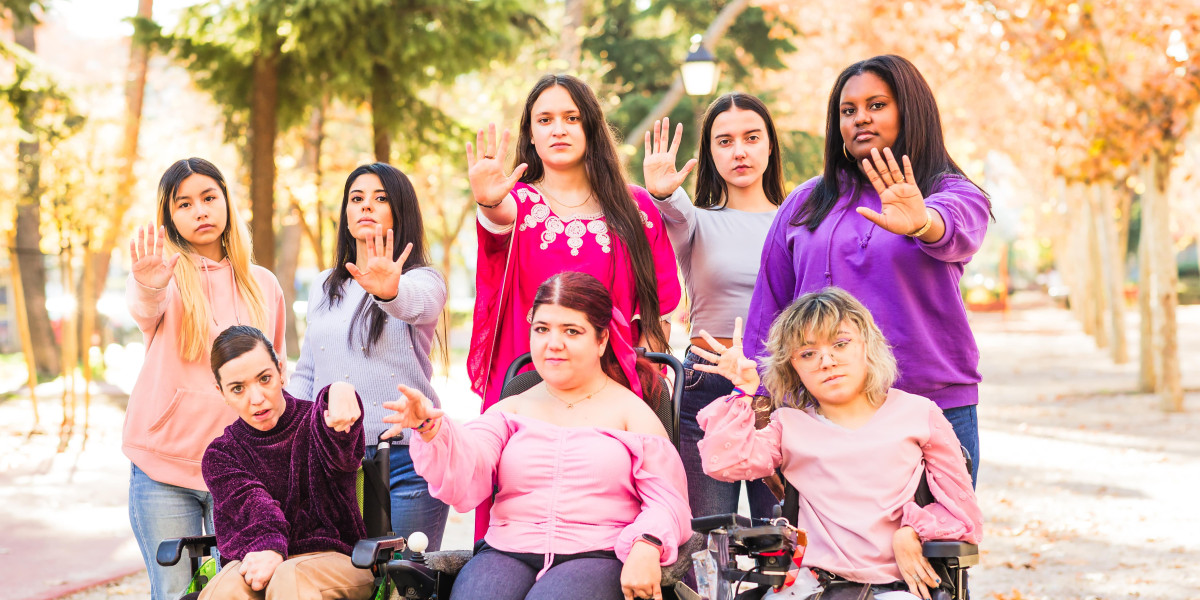How to Manage Pain from Old Injuries
Injuries may heal, but pain can linger for months or even years after the original trauma. Whether it’s a sports injury, a car accident, or a slip and fall, many people deal with chronic discomfort long after the wound has closed or the cast has come off. Managing pain from old injuries can be a challenge, but with the right strategies, it’s possible to improve quality of life and minimize flare-ups.
Understanding Chronic Pain from Old Injuries
Chronic pain from old injuries usually arises when the body doesn't fully recover or when nerves, muscles, or joints remain affected. Sometimes scar tissue forms, which can restrict movement and cause pain. In other cases, the original injury may have caused long-term inflammation or structural changes.
Common types of lingering pain include:
Joint pain (from fractures or ligament tears)
Muscle pain (from strains and sprains)
Nerve pain (from pinched nerves or damaged nerve endings)
Back and neck pain (from whiplash, disc injuries, or poor posture after injury)
Step 1: Get a Proper Diagnosis
Before trying to manage the pain on your own, it’s important to get a medical evaluation. Sometimes what seems like “just an old injury” might actually be something more serious, like arthritis, a slipped disc, or nerve damage.
A doctor may recommend:
X-rays or MRIs to examine bones and soft tissues
Nerve conduction studies if neuropathy is suspected
Blood tests to rule out underlying inflammation
Once a diagnosis is made, a more targeted treatment plan can begin.
Step 2: Use Physical Therapy and Exercise
One of the most effective ways to manage chronic pain from past injuries is physical therapy. A trained therapist can help rebuild strength, improve flexibility, and teach you proper movement patterns to avoid re-injury.
Benefits of physical therapy include:
Improved joint mobility
Reduced muscle stiffness
Strengthened supportive muscles
Better posture and alignment
In addition to therapy, low-impact exercises like walking, swimming, yoga, and cycling can keep your body active without putting too much stress on injured areas.
Tip: Start slow and build gradually. Overexertion can worsen pain.
Step 3: Manage Pain with Medication (Responsibly)
Medications can help manage pain, especially during flare-ups. Common options include:
Over-the-counter pain relievers: Ibuprofen, acetaminophen, or naproxen
Topical creams: Lidocaine, menthol, or capsaicin-based gels can ease localized pain
Prescription medications: In severe cases, a doctor may prescribe muscle relaxants, anti-inflammatories, or nerve pain medications like gabapentin
Caution: Avoid relying solely on medication, especially opioids. They can lead to dependence and may not address the underlying cause of pain.
Step 4: Consider Alternative Therapies
Many people find relief through complementary and alternative medicine. Some popular options include:
Chiropractic care: Realigning the spine and joints may relieve pressure and reduce pain
Acupuncture: Inserting tiny needles into the skin can stimulate healing and ease chronic pain
Massage therapy: Helps reduce muscle tightness and improve circulation
Cupping or dry needling: May relieve muscle tension and reduce trigger points
These therapies aren’t guaranteed to work for everyone, but they’re worth exploring, especially in combination with other treatments.
Step 5: Practice Good Posture and Ergonomics
Poor posture can put strain on old injuries and make pain worse. If you work at a desk or spend a lot of time sitting, it’s important to pay attention to ergonomics:
Use a supportive chair
Keep your feet flat on the floor
Adjust your monitor to eye level
Take regular breaks to stand and stretch
At home, use pillows or supports to keep your spine aligned while sleeping, and avoid lifting heavy objects with poor technique.
Step 6: Apply Heat or Cold Therapy
Simple heat and cold therapy can go a long way in managing pain:
Cold packs reduce inflammation and numb sharp pain (especially after activity)
Heat pads increase blood flow, relax muscles, and soothe stiffness
Try alternating between heat and cold, depending on the nature of your pain. Just be sure to protect your skin with a cloth and avoid applying for more than 20 minutes at a time.
Step 7: Maintain a Healthy Weight
Extra weight puts added stress on joints and can worsen pain in areas like the knees, hips, and lower back. Losing even a small amount of weight can make a big difference.
Incorporate:
A balanced diet with fruits, vegetables, lean proteins, and whole grains
Portion control and mindful eating
Regular physical activity to burn calories and improve mobility
Step 8: Stay Consistent with Self-Care
Pain from old injuries doesn’t go away overnight, but consistent self-care can lead to gradual improvement. Develop a routine that includes:
Daily stretching
Regular gentle exercise
Proper sleep
Stress-reduction techniques like meditation, deep breathing, or journaling
Chronic pain often worsens with stress and poor sleep, so managing your mental health is just as important as caring for your body.
Step 9: Consider Injections or Surgery (When Needed)
If pain is severe and persistent despite conservative treatments, you may need to explore more advanced options. These might include:
Corticosteroid injections to reduce inflammation in joints or around nerves
Hyaluronic acid injections for knee pain
Nerve blocks to interrupt pain signals
Surgery to repair damaged joints, nerves, or discs
These options carry more risk and recovery time but may be necessary for people who can’t function due to pain.
Final Thoughts: Be Patient with the Healing Process
Living with pain from an old injury can be frustrating, especially if it flares up unexpectedly. The key is to take a multi-faceted approach—combining medical treatment, movement, lifestyle changes, and alternative therapies.
Everyone’s body is different, so it may take some trial and error to find what works best for you. The important thing is to stay proactive, seek support when needed, and focus on long-term wellness, not just short-term relief.
Remember: Always consult a healthcare provider before starting a new treatment or therapy. With proper care and attention, you can reduce the impact of old injuries and get back to doing the things you love. For further insights into self-care, mindfulness, and personal growth, you can explore more resources at venzec.icu.







